| |
Compare Casting vs.
Forging
Comparison of casting and forging,
including what is casting, and what is forging? Why use castings,
and why use forgings? The advantages and disadvantages of castings
and forgings. How to choose between casting and forging?
What is casting, and what is
forging?
Casting is the process where metal is heated until molten. While in
the molten or liquid state it is poured into a mold or vessel to
create a desired shape.
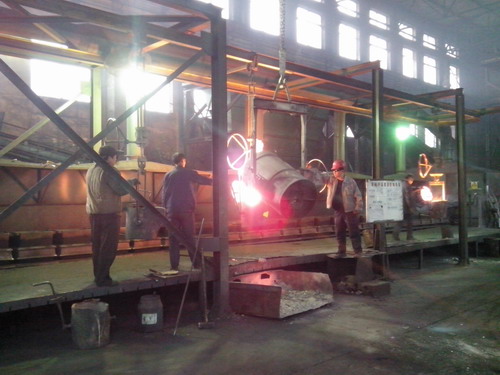
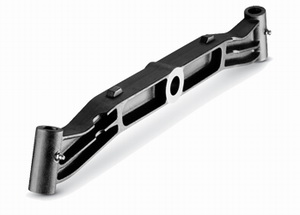
Forging is the application of thermal
and mechanical energy to steel billets or ingots to cause the
material to change shape while in a solid state.
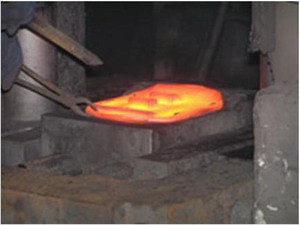 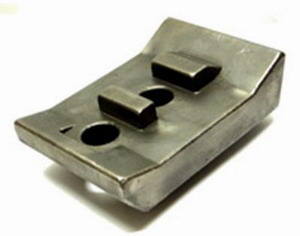
Forging and casting are two very
different manufacturing methods. When something is cast the material
is heated above its melting temperature and poured into a mold where
it solidifies. When something is forged it is physically forced into
shape while remaining in a solid state – although it is frequently
heated.
As an engineer, I have always known that forgings normally have less
surface porosity, finer grain structure, higher tensile strength,
better fatigue life/strength, and greater ductility than castings.
In other words, forgings are generally better for shackles. The
basics of why are pretty simple. When you melt metal to cast it, the
grain size is free to expand. When it cools back to a solid, the
grain structure is courser and more random, decreasing its strength.
Why use castings?
The advantages of casting include:
-
No real upper size limit in
casting weight
-
Large range of alloy choices
-
As forgings remain solid,
custom alloys are far more difficult to get into production
whereas with casting, alloys including Chrome, Nickel and Mo can
be added at the molten stage
-
Tooling is often less
expensive than forge dies
-
Smaller production “runs”
required
-
Complicated/complex parts
are no problem
Casting advantages
and disadvantages
|
Advantages of Die Casting,
Investment Casting and Sand Casting |
Disadvantages of Casting |
|
Higher Tolerances – the metal molding
process offers an opportunity for a higher level of detail
and meeting of exact specifications. |
Structural Integrity – products formed by
casting are more porous than forged products. |
|
Few Secondary Operations – casting
provides a primary product that will require very few
secondary machining operations. |
Costs – tooling costs are generally
higher for die casting than for forging. Tooling costs for
other casting methods may vary. |
|
Production Rate – once a casting mold is
created, the production process can allow for a high
production rate. |
Process Control – the casting process
requires frequent monitoring and inspection to maintain
quality and prevent defects. |
For general parts as well as large and
complex components - casting is a fantastic method of manufacture.
Why use forgings?
Forging offers uniformity of
composition and structure. Forging results in metallurgical
recrystalisation and grain refinement as a result of the thermal
cycle and deformation process. This strengthens the resulting steel
product particularly in terms of impact and shear strength.
Forged steel is generally stronger and more reliable than castings
and plate steel due to the fact that the grain flows of the steel
are altered, conforming to the shape of the part.
The advantages of forging include:
-
Generally tougher than
alternatives
-
Will handle impact better
than castings
-
The nature of forging
excludes the occurrence of porosity, shrinkage, cavities and
cold pour issues.
-
The tight grain structure of
forgings making it mechanically strong. There is less need for
expensive alloys to attain high strength components.
-
The tight grain structure offers
great wear resistance without the need to make products “super
hard” We have found that, on a blank HRC 38-42 forged grinder
insert wear/wash is about the same as a high alloy HRC 46-50
cast grinder insert. The difference being a HRC 46-50 casting
does not have the ductility to handle high impact grinding.
Based on one paper written by the
members of the Industrial & Manufacturing Engineering Department at
the University of Toledo, shared by the Forging Industry
Association.
-
Forged parts had a 26% higher
tensile strength than the cast parts. This means you can have
stronger shackles at a lower part weight.
-
Forged parts have a 37% higher
fatigue strength resulting in a factor of six longer fatigue
life. This means that a forged shackle is going to last longer.
-
Cast iron only has 66% of the
yield strength of forged steel. Yield strength is an indicator
of what load a shackle will hold before starting to deform.
-
The forged parts had a 58%
reduction in area when pulled to failure. The cast parts only
had a 6% reduction in area. That means there would be much
greater deformation before failure in a forged part.
Forging advantages
and disadvantages
|
Advantages of Forging |
Disadvantages of
Forging |
|
Structural Integrity – development of
grain flow through beating of the metal leads to increased
product strength and a high level of material
predictability. |
Tolerance Levels – products formed
through forging may not meet requirements for high
tolerances. |
|
Costs – materials are generally less
expensive than the materials required for casting. Limited
scrap and rework. Reduced labor costs and lower tooling
equipment expenses than casting. |
Secondary Operations – many forged
products require secondary processes to refine and finish to
exact specifications. |
|
Reliability – consistent ductility, known
yields, and increased strength due to grain development. |
Limitations & Defects - forged products
may be limited in shape and may include defects from die
failure. |
How to choose between casting and
forging?
There are many important factors to
consider when selecting the best process to use for the
manufacturing of your product, including:
-
Suitable for process. Forging has
great restriction for the complexity of shapes. If the part is
too complex for forging, then the casting will be the better
choice.
-
Cost consideration. Castings are
cheaper than forgings normally, so if castings could meet the
requirements, then castings will be the better choice.
-
Machining consideration. Normally,
the forging parts will be very simple; it can not produce
complex shapes, so the further machining works will be needed.
If you want to reduce the machining costs, then castings will be
the choice.
-
Special mechanical properties. If
you required the special mechanical properties, such as high
hardness, abrasive resistance, anti-rust ability etc., then
castings will be the easier choice.
All in all, if casting could meet
the requirements of mechanical properties and stable quality, then
it will be the better choice, however, if it can not meet your
requirements, then you will have to consider forging or fabrication.
This is from Dandong foundry in China.
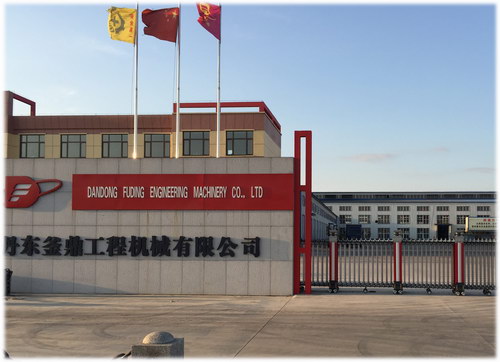
Home |
More Articles |
|
